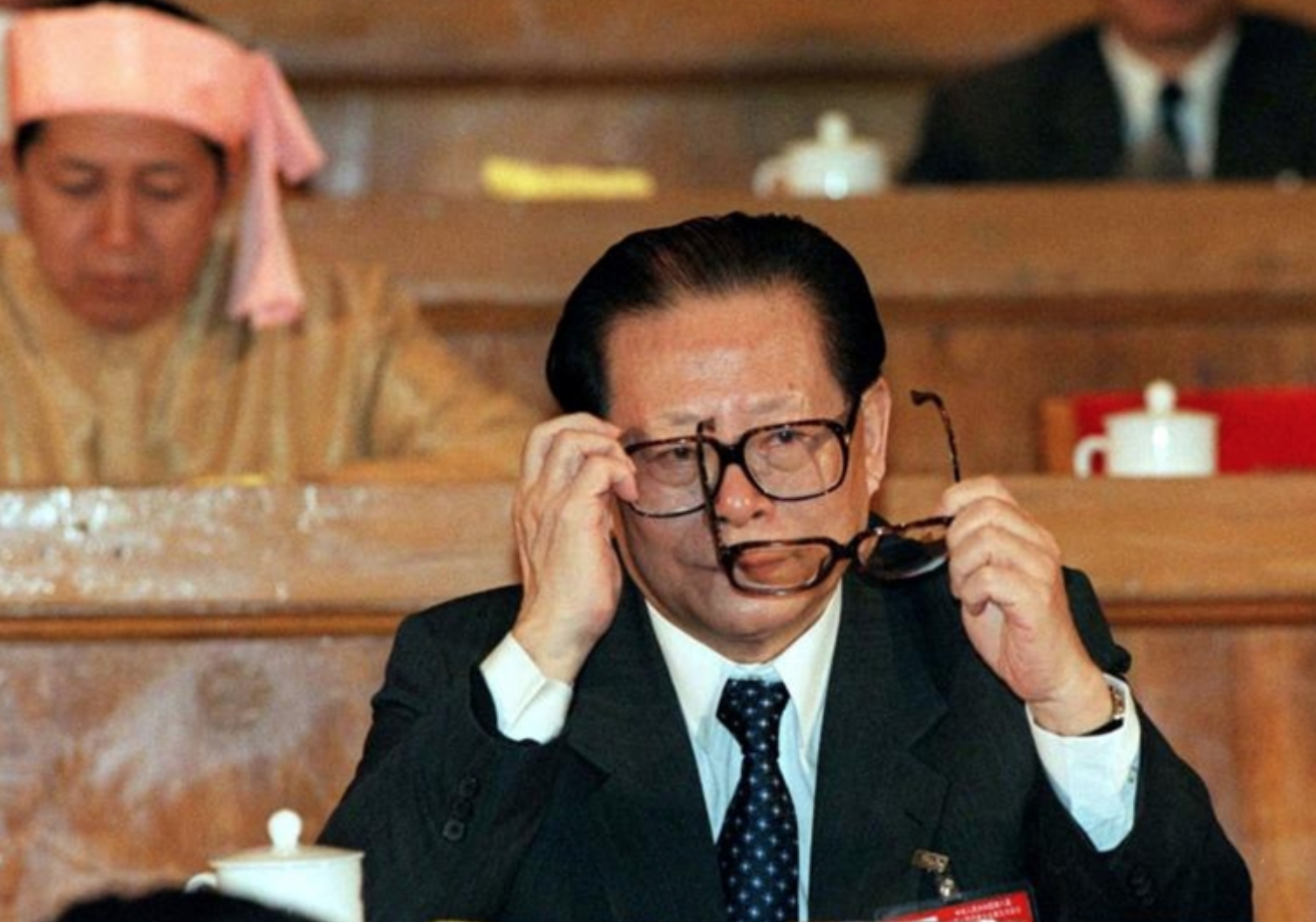When examining Sino-Latin American relations in retrospect, there are three generations of Chinese leaders who have marked these ties, from Deng Xiaoping as the articulator of the reform and opening process, to the leaders who succeeded him, such as Jiang Zemin and Hu Jintao, who showed a growing interest in the region. In this process, the figure of Jiang Zemin stands out, during whose tenure economic, political, and cultural relations between China and Latin America gained great momentum.
Jiang Zemin, who died in 2022 at the age of 96, was part of the core of the third generation of leaders of the Communist Party of China (CPC) and the founder of the theory of triple representation. Jiang promoted a strategy of technological development and economic policies that catapulted China’s development and played a leading role in the country’s transition as an emerging power and in strengthening its relations with Latin America.
When Jiang took office as president, China was still in the early stages of the process of reform, opening up, and economic modernization. As a leader, according to Henry Kissinger “(…) he led his country through one of the largest per capita GDP growths in human history, accomplished the peaceful return of Hong Kong, rebuilt a relationship with the United States and the rest of the world (after the Tiananmen massacre), and set China on the path to becoming a global economic power”.
In addition, during his term in office, on December 11, 2001, China joined the World Trade Organization (WTO) after 15 years of negotiations.
In 1990, Latin America opened up to the first visit to the region by a Chinese head of state. Yang Shangkun visited Mexico, Brazil, Uruguay, Argentina, and Chile, in a historic event that reflected dilemmas between coincidences and tensions, given that Latin America and the Caribbean was a region where China and Taiwan were intensifying their quarrel.
With Jiang Zemin as president, Sino-Latin American relations had a renewed momentum, stimulated by China’s economic growth, increased trade, frequent high-level political visits, business missions that were at the core of the increased density of relations, and the links established during the 1990s. Gradually, among Latin American political actors, China began to be perceived as an emerging power capable of stimulating economic growth in the region.
President Jiang visited Latin America in 1993, 1997, and 2001. He placed the emphasis on cooperation relations and extended them to a wide range of dimensions that converged in the cornerstone of Sino-Latin American relations marked by the economic and trade axis.
A turning point was reached with Jiang’s first trip abroad in the new millennium when he visited Latin America in April 2001. On this occasion, he stated, “(…) the 21st century will be a century in which China and Latin America will cooperate hand in hand in all areas, and it will also be a century in which the peoples of China and Latin America will build a better tomorrow”.
On this occasion, together with his delegation, Jiang visited Chile, Argentina, Uruguay, Brazil, Cuba, and Venezuela, key countries not only as suppliers of raw materials and energy resources for Chinese industry, but also in other fields, since China signed around 20 agreements with these countries on trade, investment, economy, education, sports, and environment.
A key objective of the visit was to help increase economic, trade, and investment ties between China and Latin America, but also to expand cooperation in various dimensions. The tour also sought to strengthen China’s influence over 13 countries, mainly in Central America and the Caribbean, which maintained diplomatic relations with Taiwan at that time.
During his speech at the Economic Commission for Latin America and the Caribbean (ECLAC) in April 2001, Jiang put forward several disruptive initiatives. For the first time in China’s foreign policy toward Latin America, the concept of “South-South cooperation” was emphasized. And, based on this, Jiang made a proposal to Latin American governments for the creation of a common front for developing countries to strengthen their political and economic power in a new international order.
In this new order at the beginning of the 21st century, Latin America would begin to have a renewed relevance in the international context thanks to the impulse of China, which would proactively promote the strengthening of relations. In fact, in June 2002, China proposed to Chile to begin negotiations for a free trade agreement (FTA) that would become the first FTA between China and a Latin American country.
Jiang played a key role in China’s integration into the international system, joining economic globalization and beginning to work gradually and clearly with developing countries of Africa and Latin America, which were not priorities on the agenda of the United States or the European powers at the time.
Specifically, in 2000, China organized its first massive meeting with African heads of state in Beijing, and almost simultaneously it would also do so with Latin America; and later through the promotion of forums such as China and the Community of Latin American and Caribbean States (CELAC), among other instruments of convergence at the regional level.
The link, promoted by Jiang with countries in development, sought to reduce China’s dependence on Asia, but later formed part of a macro strategy for China’s rise as a global power; along the way achieved an objective proposed by Jiang in 2001: to consolidate China’s position as a key player in Latin America.
This text was originally published on the REDCAEM website.
*Translated from Spanish by Janaína Ruviaro da Silva













